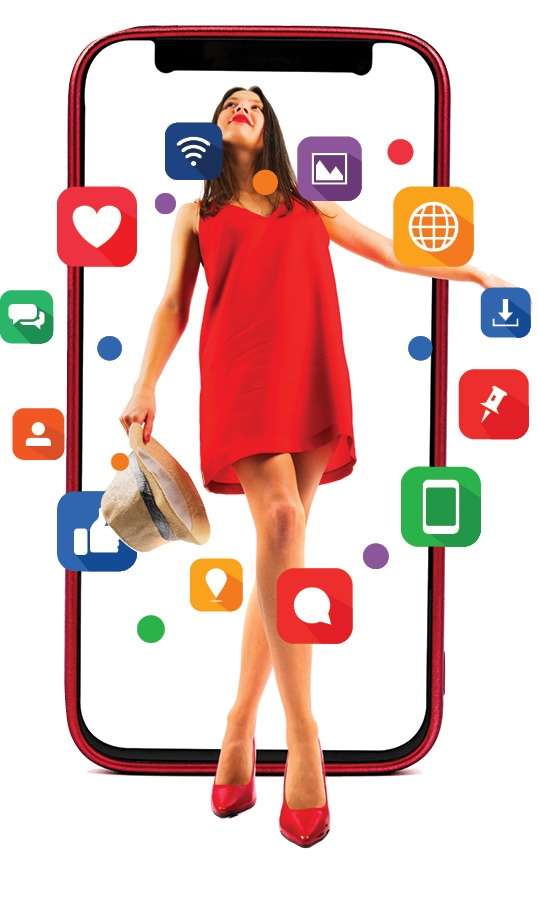
[ad_1]

In April, as India prepared for life under Lockdown 2.0, luxury home decor brand Good Earth veered from directly selling their apparel and home accessories on Instagram to posts narrating stories about culture, design heritage, literature, and recipes with subtle hints of their products.
Similarly, premium beauty brand Kama Ayurveda switched from online product posts to yoga and meditation capsules and home remedies for personal care.
Even the luxury industry’s biggest brands in India — like Louis Vuitton, the international portfolio of Reliance Brands (RBL), Ulysse Nardin and Omega — have either put brakes on customer communication or tweaked their language of engagement, moving from commercial communication to a conversation on wellness and empathy, as the country battles a deadly second wave of the pandemic.
“Customers’ well-being is a priority over any transactional communication in this time of need. We have taken a collective call with our brand partners to pause all discretionary brand communication during this lockdown, so that customers can focus their undivided attention on caring for themselves and their loved ones,” a Reliance Brands spokesperson said. RBL sells brands such as Emporio Armani, Burberry, Bottega Veneta, Canali, Jimmy Choo, Ermenegildo Zegna, Salvatore Ferragamo and Tiffany & Co. in India.
“Let us not talk about the product’ is the current brief for luxury brands in India,” said Srimoyi Bhattacharya, founder and MD of Peepul Consulting, that services brands such as Tarun Tahiliani, Tribe Amrapali, DLF Emporio Mall and Swarovski.
Changing narratives
Luxury brands, known for personalisation at their high-service stores, embraced digital retail early into the pandemic. Brands made their identity visible with emailers on collections and sales, WhatsApp sales, virtual tours and Zoom appointments, beckoning the affluent to make indulgent purchases.
In the second wave, however, the narrative has shifted towards building brand equity, even as digital platforms remain a primary channel of communication.
“Brands want to contribute with empathy in the current scenario, and continue being in the customers’ minds without actually trying to sell a product. This way, brands will also build goodwill in the long run. So far, luxury retail had revolved around instant gratification and sales, and pivoting their business to post-pandemic life,” added Bhattacharya.
The pandemic offered brands the push they needed to pivot to more digital engagement. It was also viewed as an opportunity for brands to democratise from a business standpoint, while discovering ways to engage with customers.
Digital rescue
Fashion expert Sujata Assomull recalls how luxury brands were planning small, private shows, in an attempt to bring customers back to physical stores, even as digital retail became mainstream. However, with the second wave, almost every such project was pulled back, she noted. “The super wealthy people, who could not spend on travel due to the pandemic, are making occasional investments — such as artworks or high-end jewellery by big brands — via Zoom appointments currently,” added Assomull.
Hamza Patel, managing director of AP Group that distributes luxury watch brands such as Ulysse Nardin, Omega, Longines and Rado in India, agreed with the sentiment.
“While the sale of our fashion watch brands has dropped to a negligible number during the second wave, luxury watches are still witnessing traction. This is purely because overseas travel curbs have forced the Indian wealthy to redirect their high disposable income towards shopping for luxury products. We have noted a 10-20 per cent jump in the average bill value of our luxury watches, with Ahmedabad and Chandigarh being the top markets,” said Patel.
Nonetheless, the company has pulled back consumer communication and reduced their Stock Keeping Units of new collections by half this fiscal. So, even as luxury companies tweak their communication and embrace technology to stay consciously relevant now, they harbour the hope for retail recovery in the upcoming festive quarter ending December.
[ad_2]
Source link

